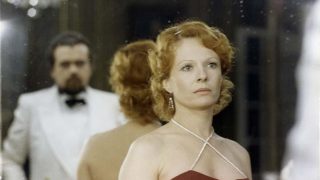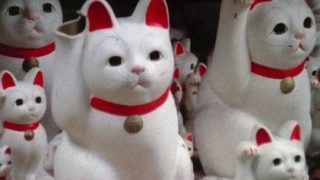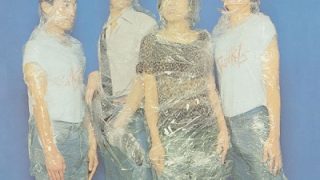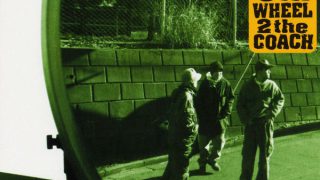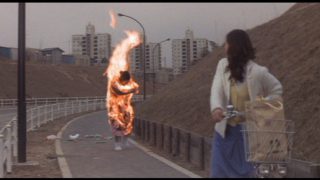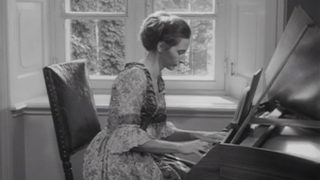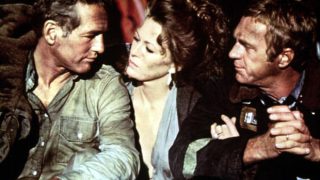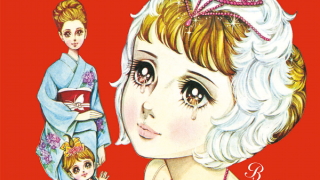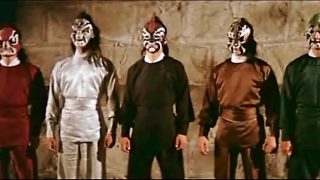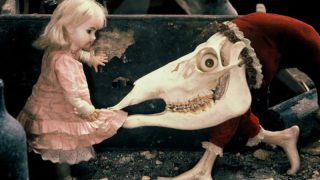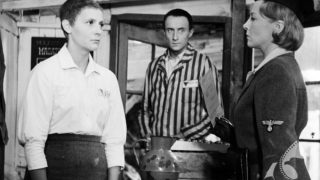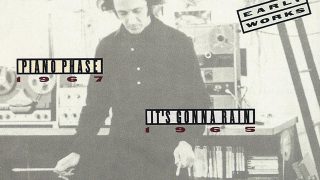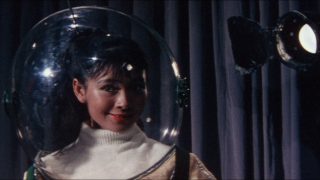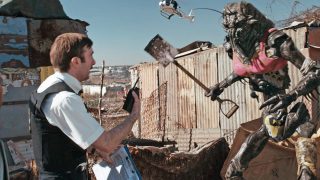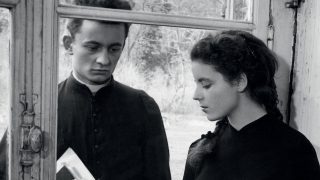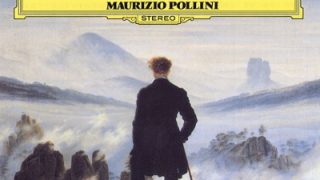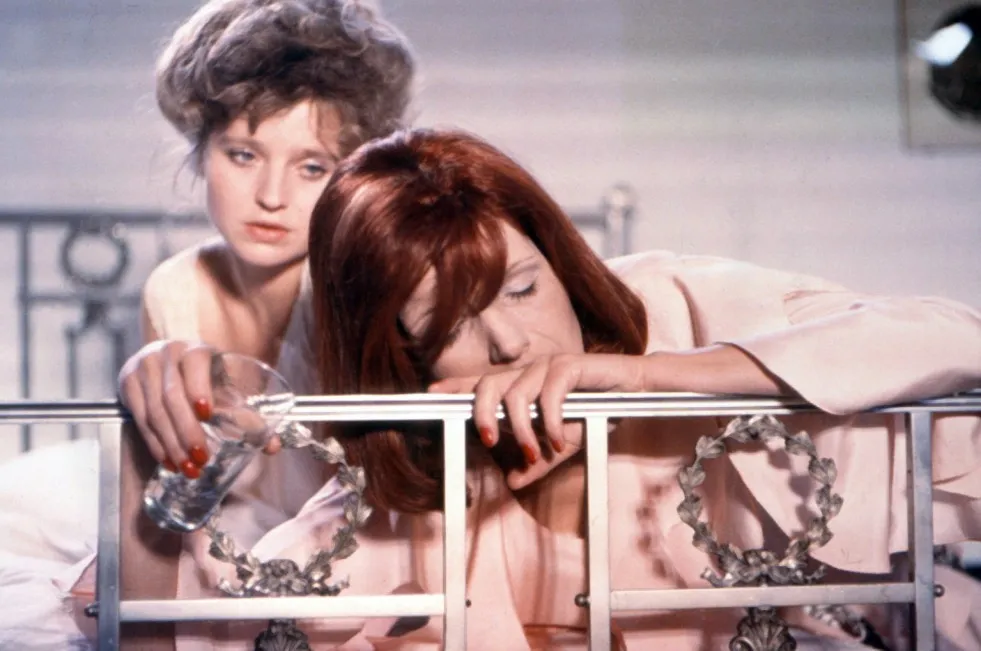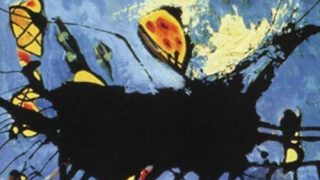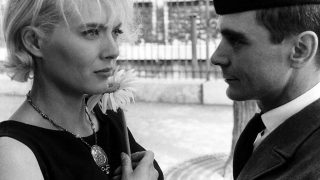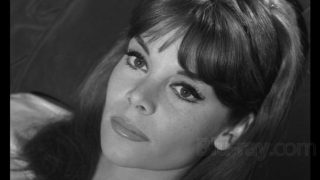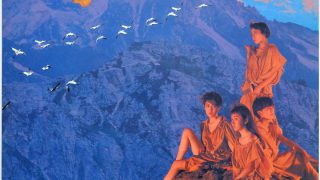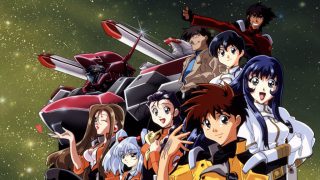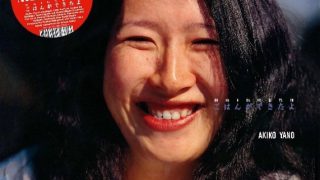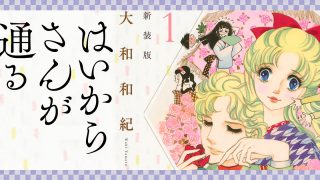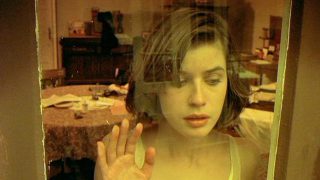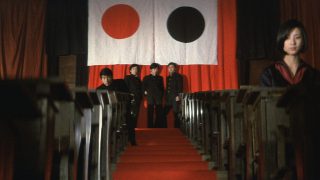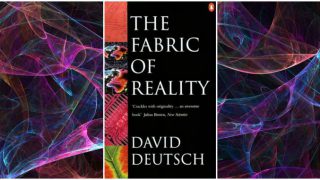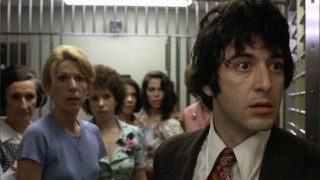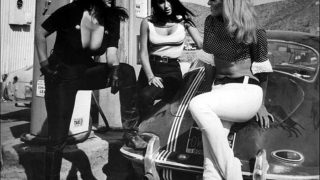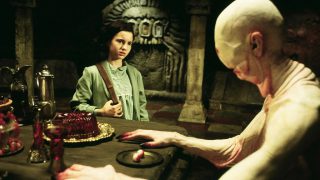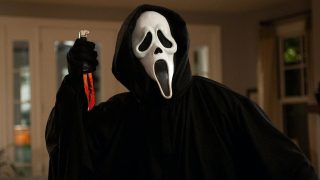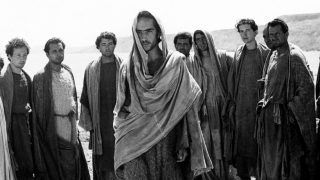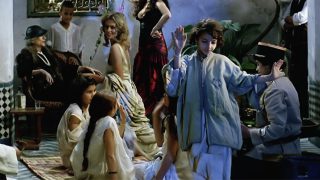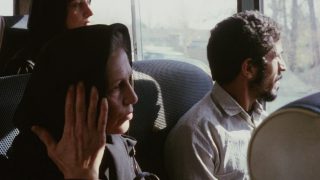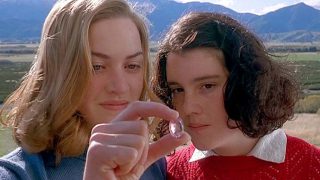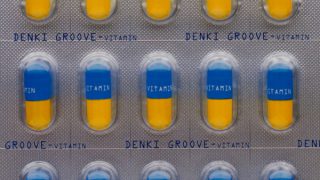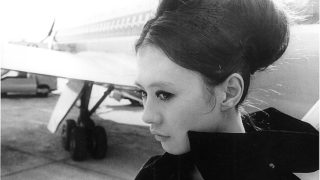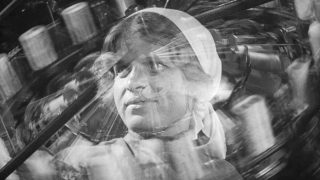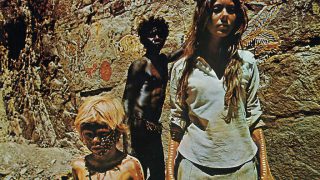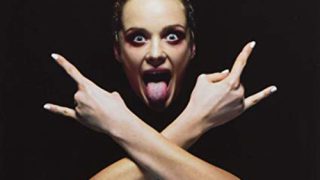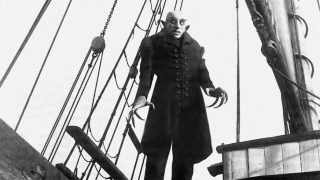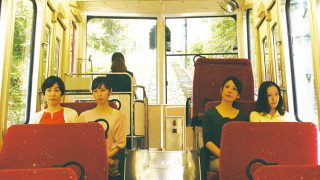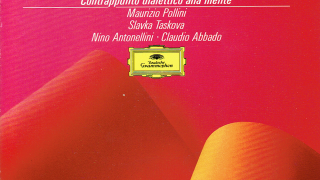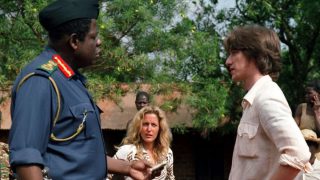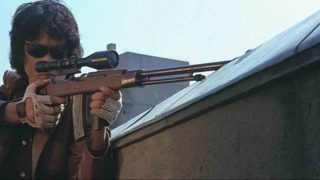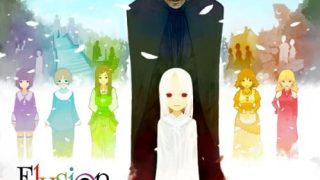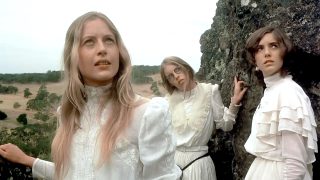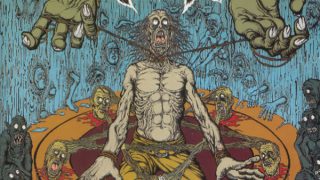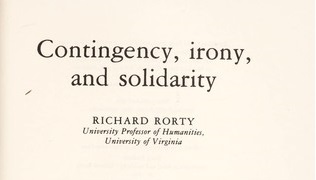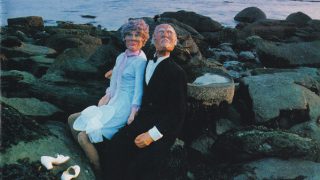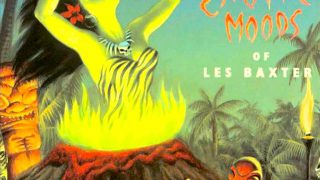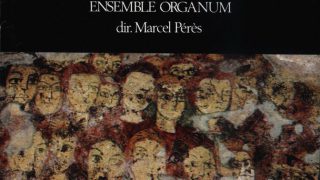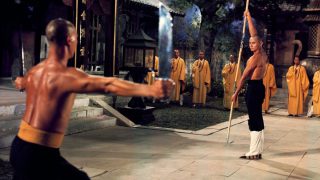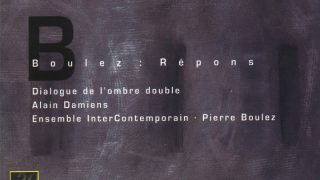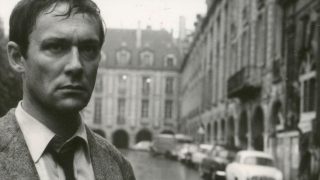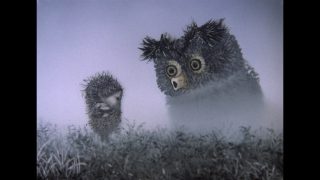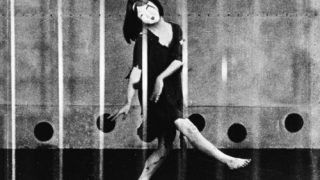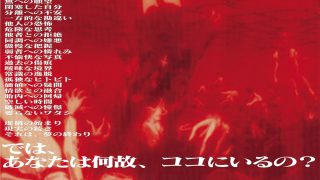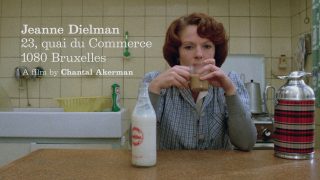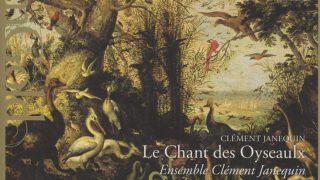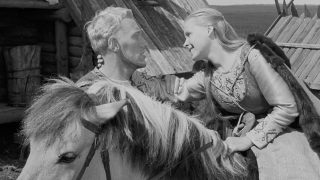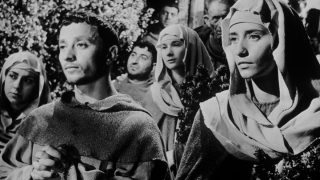Overview
“Saint Muscle” is a Japanese manga work based on the original story by Tsutomu Miyazaki and drawn by Masami Fukushima.
It was serialized in “Weekly Shōnen Magazine” in 1976.
Set in another world like the ancient world or the distant future, it depicts a young muscular man who lost his memory and travels through cities in a wasteland for self-searching.
It is a hero action manga marked by exaggerated depictions of muscles, violence action, and a strong visual impact.

About the Authors
Masami Fukushima
Masami Fukushima was born in Hokkaido in 1948.
In his childhood, his mother eloped and then his father also went missing, so he supported his little brothers by doing manual labor.
He started submitting his works to the manga magazine “COM“ while in high school.
After graduating from high school, he went to Tokyo in 1968.
After working as a portrait drawer in Shinjuku, he became an assistant to Mori Masaki.
In the late 1960s, he debuted as a manga artist with his short manga published in gekiga magazines for young adults, such as “Comic VAN”.
He serialized “Nyohan-bō (The Rapist Monk)” (the original story by Kai Takizawa) in adult gekiga magazine “Manga Erotopia” in 1974–1976, and it gained popularity.
After that, he serialized “Saint Muscle” in “Weekly Shōnen Magazine” in 1976, “Kakutōshi Rome no Hoshi (Pugilist: Star of Rome)” (the original story by Ikki Kajiwara) in “Weekly Shōnen Champion” in 1976–1977, and “Cho-gekiga: Shōtoku Taishi (Super-gekiga: Prince Shōtoku)” (the original story by Kai Takizawa) in “Weekly Manga Sunday” in 1977–1978.
Though he rarely published his works since the 1980s, he resumed his activities in 1999, and he published new works in 1999–2016.
Tsutomu Miyazaki
Tsutomu Miyazaki was born in Nagano Prefecture in 1933.
In 1957, he participated in the launch of Japan’s first science fiction fanzine “Uchūjin (Space Dust)”.
From the 1960s, he worked in the fields of novels, juvenile science fiction, and story writing for manga.
His major works as a writer are “Mister Sarutobi” (1969), “Kesareta Nihon-shi (Erased Japanese History)” (1978), and “Niji-sakusen wo Oe (Follow the Operation Rainbow)” (1981).
As an original story writer for manga, he wrote the original story of “Hyō Man (Panther Man)” (1967–1968) by Kenji Namba and seven scripts for Takao Saito’s “Golgo 13” (1968–).
Publication History
“Saint Muscle” was serialized in “Weekly Shōnen Magazine” from Issue 32, 1976 to Issue 1, 1977.
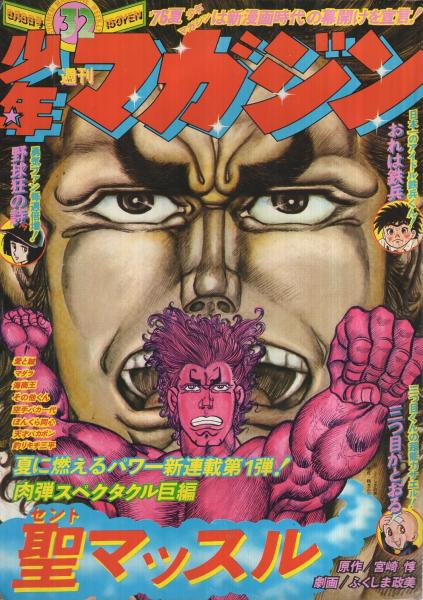

The books (four volumes in total) were published by Kodansha in 1977.
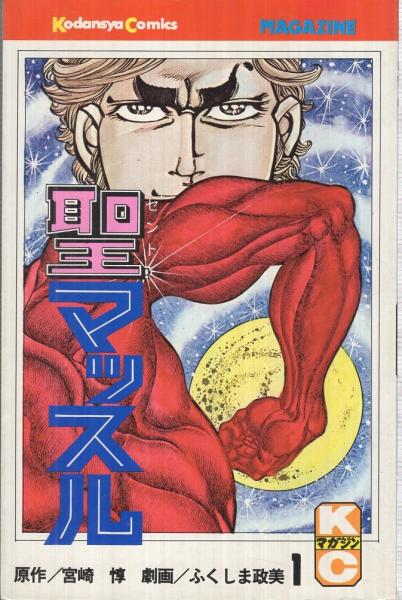
The reprinted edition (one volume in total) was published by Ohta Publishing as Vol. 3 of “QJ Manga Selection” in 1997. It was republished as an ebook in 2013.
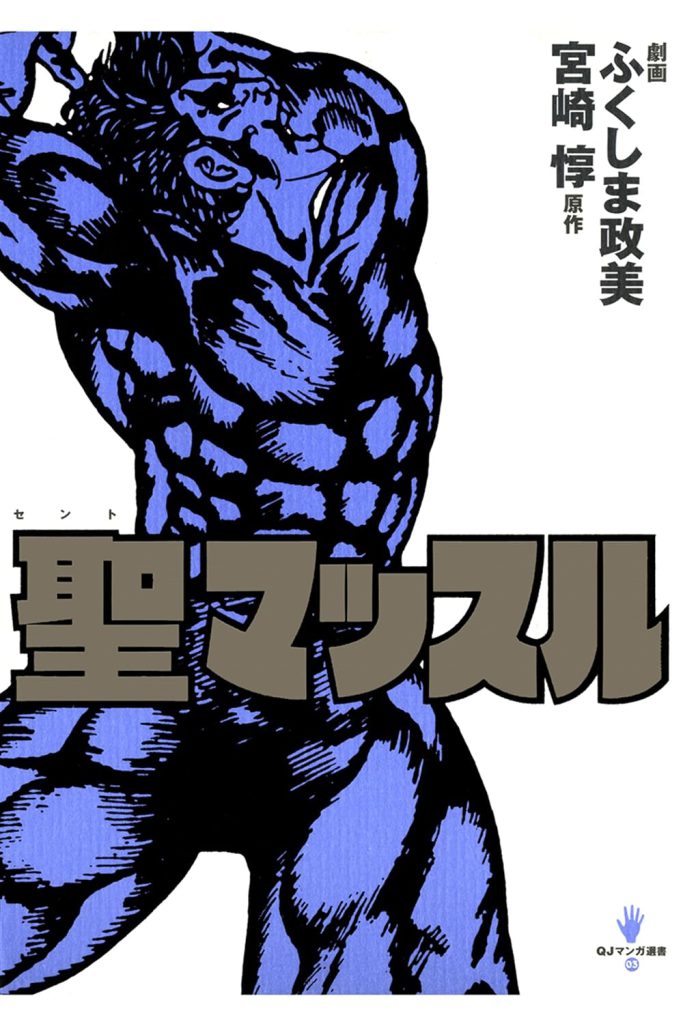
The treasured edition (two volumes in total) was published by Goma Books in 2006. It was republished as an ebook in 2014.
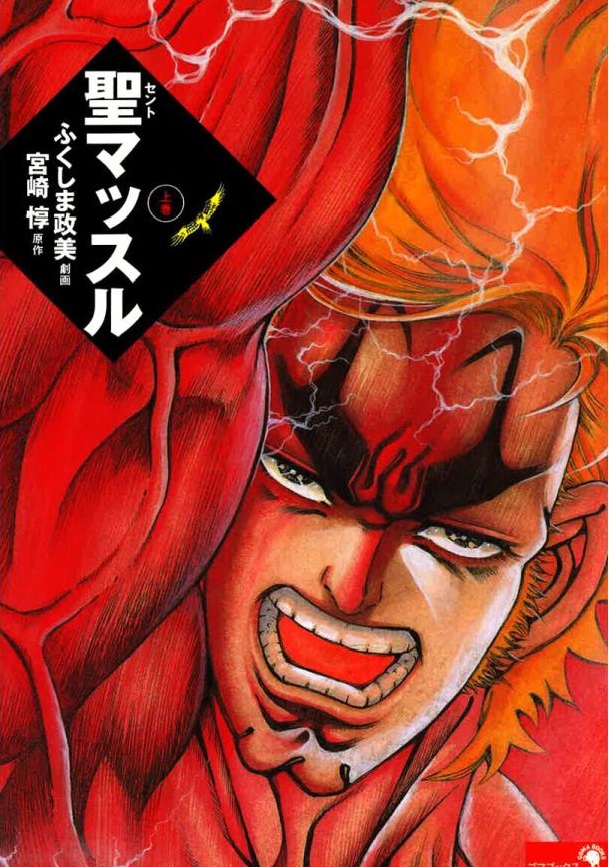
Commentary
Background of the Production
An editorial staff of “Weekly Shōnen Magazine” at that time, Hajime Tamiya was impressed with Fukushima’s distinctive graphics in “The Rapist Monk”, and he proposed the editorial department to serialize Fukushima’s manga in the magazine. After that, the serialization of “Saint Muscle” was started in 1976.
This work was created with a focus on visual imagery rather than the story.
Fukushima conveyed the images and scenes he wanted to depict to the original author, Miyazaki, through his editor, Tamiya. Based on this, Miyazaki crafted the story.
As a result, the plot outline of this work became a heroic tale, with a muscular man of justice as the protagonist. In the story, the protagonist, who has lost his memory, travels through various cities, joining the struggles of people resisting oppressive rulers.
According to Tamiya, Fukushima said at the time that he’d like to win a Kodansha’s manga award with this work.
However, “Saint Muscle” couldn’t gain support from the readers. The serialization of this work was discontinued because the popularity of it was always the lowest among the serialized works.
About the Style
Fukushima’s drawing style had been categorized into a genre called “gekiga” at that time.
The term “gekiga” was originally coined by Yoshihiro Tatsumi in 1957 as a word for youth-oriented manga featuring cinematic expression techniques.
Gekiga generally gained popularity from the late 1960s to the early 1970s as a style of manga with a realistic touch with many drawn lines, which was represented by Takao Saito’s “Golgo 13”.
The style of Fukushima in this work is characterized by grotesquely exaggerated depictions of muscles, bloody violence action, finely detailed spectacular scenes, and a strong visual impact. It stood out even among gekiga works at the time.
Though “Saint Muscle” is a fighting action manga, it can slso be seen as a surrealistic and psychedelic spectacle manga depicting an apocalyptic world filled with violence and death.
In this work, Fukushima depicted the protagonist as a naked man to emphasize his body covered in muscles. Though he wears clothes in the latter half of the series, the story progresses with him remaining nude in the first half.
Fringe culture researcher Takeo Udagawa has called the 1970s gekiga works featuring an obsession with the depiction of body, such as Kazuhiko Miyaya’s “Nikudan Jinsei (The Fleshbomb Life)” (1976–1977) and “Nikudan Jidai (The Fleshbomb Age)” (1976, 1978) and Fukushima’s “The Rapist Monk” and “Saint Muscle”, “nikudan (fleshbomb) gekiga”.
Miyaya’s works are marked by a narcissistic aesthetic and sensuality, while Fukushima’s works are marked by an excessiveness and deformation reminiscent of Mannerism and Baroque art.
In “Saint Muscle”, the depiction of the protagonist’s muscles is extremely stylized. The protagonist is depicted as a person covered in muscles like humps. He seems like an inhuman monster.
The Oldness and Newness
The year 1976, when this work was serialized in the magazine, was a time when the gekiga boom was coming to an end, and the excessive expressions of gekiga were becoming outdated. In that sense, “Saint Muscle” was an anachronistic work even for its time.
However, “Saint Muscle” would later be reevaluated as a masterpiece ahead of its time.
From a perspective of manga history, this work can be seen as a forerunner to fighting action manga, such as “Hokuto no Ken (Fist of the North Star)” (1983–1988) by Buronson and Tetsuo Hara, and “Baki the Grappler” (1991–1999) by Keisuke Itagaki. In particular,” Fist of the North Star” closely resembles “Saint Muscle” in its worldview and plot.
Dark fantasy manga such as Hirohiko Araki’s “JoJo no Kimyō na Bōken (JoJo’s Bizarre Adventure)” (1986–) and Kentaro Miura’s “Berserk” (1989–) can also be said to have inherited and developed the new frontier of manga expression that “Saint Muscle” opened.
Reception
“Saint Muscle” became a rare and elusive work after going out of print in the 1980s, making it difficult to read.
However, it gained a cult following among some manga fans and was appreciated as a hidden masterpiece by Takeo Udagawa and writer and editor Kentarō Takekuma.
After that, during the 1990s, Fukushima’s works were re-evaluated. His the 1970s masterpieces including “Saint Muscle” were republished by Ohta Publishing in 1997–1999.
Non-fiction writer Mitsunari Ōizumi featured Fukushima, who had gone missing at the time, in his “Kieta Manga-ka (The Vanished Manga Artists) (2)” (Ohta Publishing, 1997).
Takeo Udagawa provided commentary on Fukushima’s manga in his book “Manga Zombie” (Ohta Publishing, 1997), which introduced underground manga.
Plot (Spoiler Alert)
The series consists of five chapters.
The protagonist (Saint Muscle) is naked until he puts on his clothes in the last scene of Chapter 3, though he gets a handkerchief from a girl from the city of “The Spring of Life” and puts it around his neck at the beginning of Chapter 3.
His genitals and pubic hair are not depicted because this work was serialized in a magazine for boys.
Chapter 1: Human Castle
The protagonist (a young muscular man) comes awake completely naked in a field of flowers.
He lost his memory and he doesn’t know who he is.
He wanders the wasteland in search of someone who knows him.
He arrives at a city, where he finds buildings crafted from an enormous number of petrified human bodies.
A king lives completely naked with his servant in a castle decorated with numerous human sculptures.
The king is a plump man covered with mucus, like a giant lump of flesh.
The king invites the protagonist to dinner. The protagonist is drugged into unconsciousness.
The protagonist regains consciousness and he finds that he is tied to a pillar.
There is a golden statue that looks exactly the same as the protagonist at the key part of the castle.
The king tries to make his servant one of the human sculptures in the castle, but his servant refuses it. The king squashes the head of his servant with his foot.
The king tells the protagonist about his story. According to the king, he grew up not being loved by anyone because of his ugly appearance. He gained power and created a city of human sculpture to satisfy his thirst for beauty.
For the king, the protagonist is an existence like an alter ego of his ideal beauty.
The king tries to complete his ideal beauty by making the protagonist a human sculpture, but the protagonist knocks the king down, and he tumbles the golden statue that had supported the whole castle.
The king becomes crushed under the golden statue and dies. The castle collapses.
Chapter 2: The Spring of Life
When the protagonist wanders the desert in search of cities, he encounters a crowd of naked people who are forced to run a marathon by a cavalry and black dogs.
Some people are exhausted and fall to the desert, where they are eaten by wild birds and snakes and die.
The protagonist saves a boy attacked by wild birds.
The boy named Zuku tells the protagonist about the city of “The Spring of Life”.
According to Zuku, there is a spring of eternal youth and longevity called “The Spring of Life” within the palace of the city. It is believed that those who drink the water from the spring can live to be 150 years old.
The three authorities of the city have gained enormous profits by selling the water of the spring to other kingdoms.
They make elderly people over 70 and 15-year-old boys and girls participate in a marathon with a 70% mortality rate every year for population control.
The people who didn’t finish the marathon are expelled from the city.
The protagonist meets the survivors who didn’t finish the marathon and were expelled from the city last year.
They ask the protagonist to execute the plan to stop the deadly marathon.
Guided by Zuku, he slips into the palace.
He comes close to the Spring of Life, blending into messengers from a neighboring kingdom who came to buy the water. He operates the pump of the spring and overflows the water.
The three authorities have covered their appearances with robes, but the robes are removed and they expose their decrepit bodies.
The protagonist reveals that the Spring of Life had no effect on eternal youth and longevity and that the authorities have deceived citizens in order to make a profit.
The city is submerged in water by the groundwater spouted from the spring and the heavy rain.
Chapter 3: Giant King
The surviving citizens from the city of the Spring of Life ask the protagonist to become their leader in order to build their new city, but the protagonist declines it, and he goes on a journey for self-searching again.
He comes to the kingdom ruled by the Giant King, where a fighting competition is held in the amphitheater.
The protagonist is shocked when he sees that the strongest warrior in the kingdom kills his opponent and wins the competition.
A boy, who is a brother of the dead opponent, tries to avenge the killing of his brother, but the protagonist fights against the strongest warrior on behalf of the boy. The protagonist holds the strongest warrior in a full nelson and knocks him out.
The Giant King (a big man with pigtails) pits the protagonist against a troop of fighting bulls in the amphitheater.
The protagonist brings down bulls one after another, but he is cornered by the last one. The Giant King knocks the last one dead.
The Giant King acknowledges the power of the protagonist, and he treats the protagonist as a person who should become his right-hand man.
The Black Emperor begins the invasion of the city of the Giant King. Black dogs (minions of the Black Emperor) appear in the city, and a strong earthquake hits the city. The castle wall is destroyed, and gas emerges from underground.
A troop of the citizens, who have been exiled by the Giant King, invades the castle. The troop is led by a masked person.
Though they are being used by the Black Emperor, they are trying to overthrow the dictator, the Giant King, and create a free country.
The Giant King and the protagonist fight against the exile troop. The protagonist captures the masked leader.
The Giant King finds that the leader is his sister. His sister kills herself.
The Giant King starts slaughtering the exiles in the name of execution of rebels.
The protagonist exchanges blows with the Giant King at the top of the castle in order to stop the massacre.
A crowd of citizens cheer for the protagonist, praising him as holy muscle, “Saint Muscle”.
The Giant King grabs the hand of the protagonist who is about to fall from the top of the castle and saves his life.
The Giant King tells the protagonist to leave the kingdom. He stops the execution of the exiles.
The protagonist leaves the kingdom, wearing clothes.
Chapter 4: The Demon of the North
Three months after leaving the kingdom of the Giant King, the protagonist wanders into a frigid land.
He nearly freezes to death and is attacked by a polar bear. However, he is saved by an old fisherman named Kotankuru, who has no left arm, a young fisherman named Poiyaunpe, and his fiancée, Pesika.
A gigantic female whale called “The Demon of the North” appears in the sea of the land of the north for the first time in three years.
Nine years ago, 15 fishermen including Kotankuru captured and killed a child of the Demon of the North. In retaliation for it, the Demon of the North attacked and killed all the 14 fishermen except Kotankuru, and Kotankuru lost his left arm in the battle with the Demon of the North.
Poiyaunpe’s father and Pesika’s father and brother also had lost their lives in the battle with the Demon of the North.
Kotankuru challenges the Demon of the North to a life-or-death battle again, and he dies.
Poiyaunpe tells the protagonist that he will absolutely kill the Demon of the North. The protagonist admonishes him for his recklessness, and proposes a plan to work together to kill the Demon of the North.
The protagonist gets on a boat rowed by Poiyaunpe and goes out to sea. He fights against the Demon of the North. He kills her by stabbing her vital point with a harpoon.
The protagonist embarks on a journey, leaving Poiyaunpe and Pesika in the land of the north.
Chapter 5: Slave Hell
During his travels the protagonist arrives at a mine, where slaves are forced to work.
The chief, who oversees the mine, orders the execution of two slaves, a boy named Mubiyan and a girl named Kunon, on the grounds that they have a romantic relationship with each other.
A giant executioner Isakoya smashes Mubiyan’s head with a log spear (a Sentence of Nutcracker).
Kunon dies from being eaten by carnivorous fishes in a lake (a Sentence of Green Lake).
A young couple, Manive (male) and Sethna (female) profess in front of the chief that they love each other. The chief orders Isakoya to capture them.
Isakoya throws a log spear at Manive, but the protagonist dives and receives it with his body.
The chief takes slaves as hostages and restrains the protagonist.
The chief makes Manive and Sethna wear animal costumes (pig and sheep), and tries to stab them after dragging them about by a horse (a Sentence of Stuffed Animal).
Slaves make a protest, chanting the name of Saint Muscle.
The chief is afraid of a slave revolt, and he stops the execution.
He tells the protagonist that he will set Manive and Sethna free if the protagonist fights Isakoya and wins.
The protagonist fights with his bare hands against Isakoya, who rides a horse and brandishes a log spear, and wins.
The chief takes Manive and Sethna as hostages, and orders his minions to kill the protagonist.
Sethna stabs herself in the neck with the chief’s sword and kills herself.
Slaves raise a rebellion. They push the chief into the Green Lake and kill him.
Though slaves are surrounded by enemy reinforcements, they fight back against the enemy, being encouraged by the protagonist.
The Giant King comes to the mine in order to defeat the chief, who is a minion of the Black Emperor.
The Giant King asks the protagonist to stay with him as his right-hand man, but the protagonist leaves the Giant King.
The Giant King’s horse goes along with the protagonist for some reason.



